Indore, Jan 27: Similar to the childless Thimmakka, known for planting roadside saplings and nurturing them as her own children, a man from Indore has demonstrated that nothing is impossible with determination. He has transformed a barren hill into a lush forest.
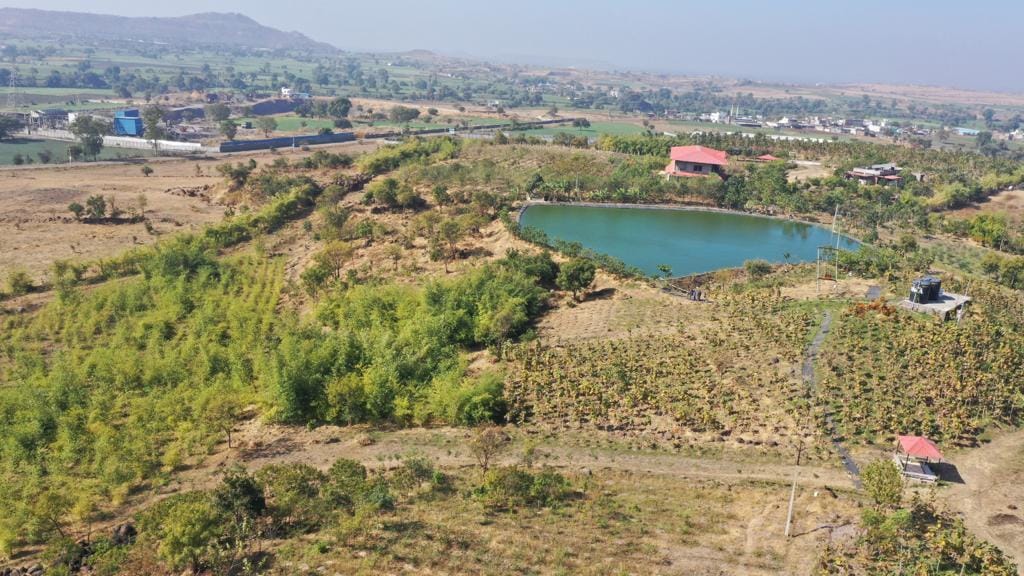
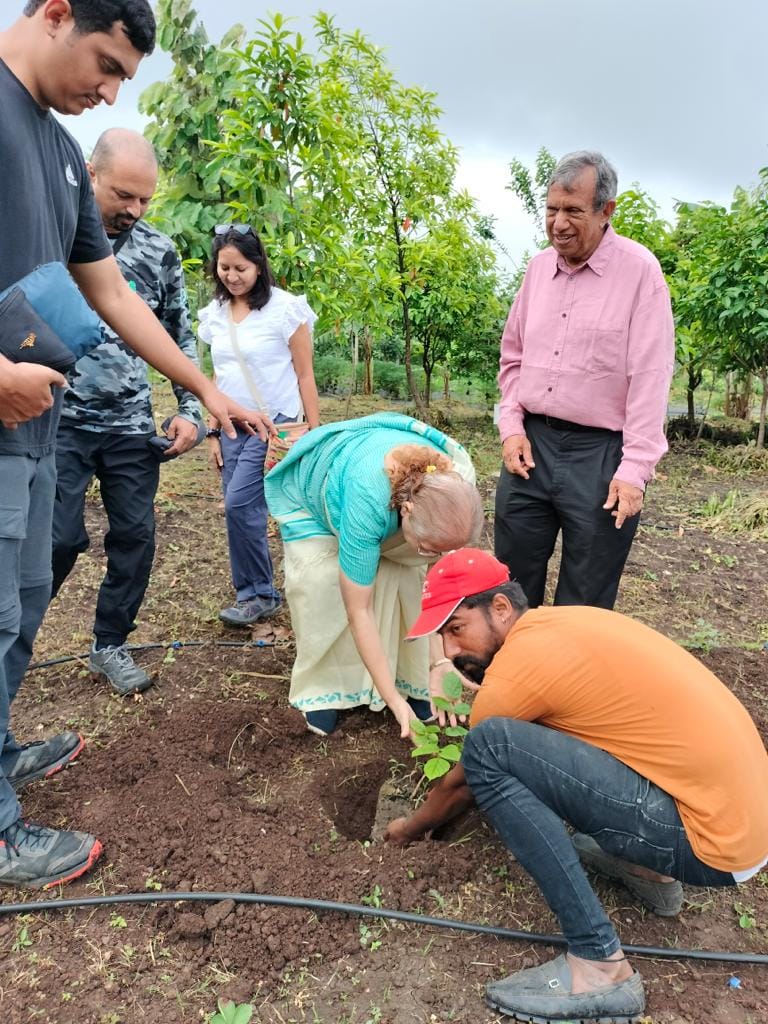 On this hill, trees such as saffron from Kashmir, Vilomara, Rudraksha from Nepal, Dragon Fruit from Thailand, Butter Fruit from Australia, Olive from Italy, and Date Palm from Mexico now thrive, where once not even a blade of grass grew. Standing on this once barren rocky hill, Keshar Parvata now beckons everyone.
On this hill, trees such as saffron from Kashmir, Vilomara, Rudraksha from Nepal, Dragon Fruit from Thailand, Butter Fruit from Australia, Olive from Italy, and Date Palm from Mexico now thrive, where once not even a blade of grass grew. Standing on this once barren rocky hill, Keshar Parvata now beckons everyone.
Located in Indore, Madhya Pradesh, this forest has become a habitat for a variety of trees, turning it into a dream natural tourist destination for nature lovers. The credit for this achievement goes to Dr. Shankar Lal Garg, the founder of the World Research Association.
In 2015, a retired principal and his family decided to turn a barren hill into a forest. Although Dr. Garg had initially purchased land in Indore's Mahov town to establish a school and college, the plan did not come to fruition. As an environmentalist, he then decided to create a forest instead. Dr. Garg embarked on a long journey of planting trees, watering them, and nurturing them, showing the villagers that even barren hills can be transformed into green forests.
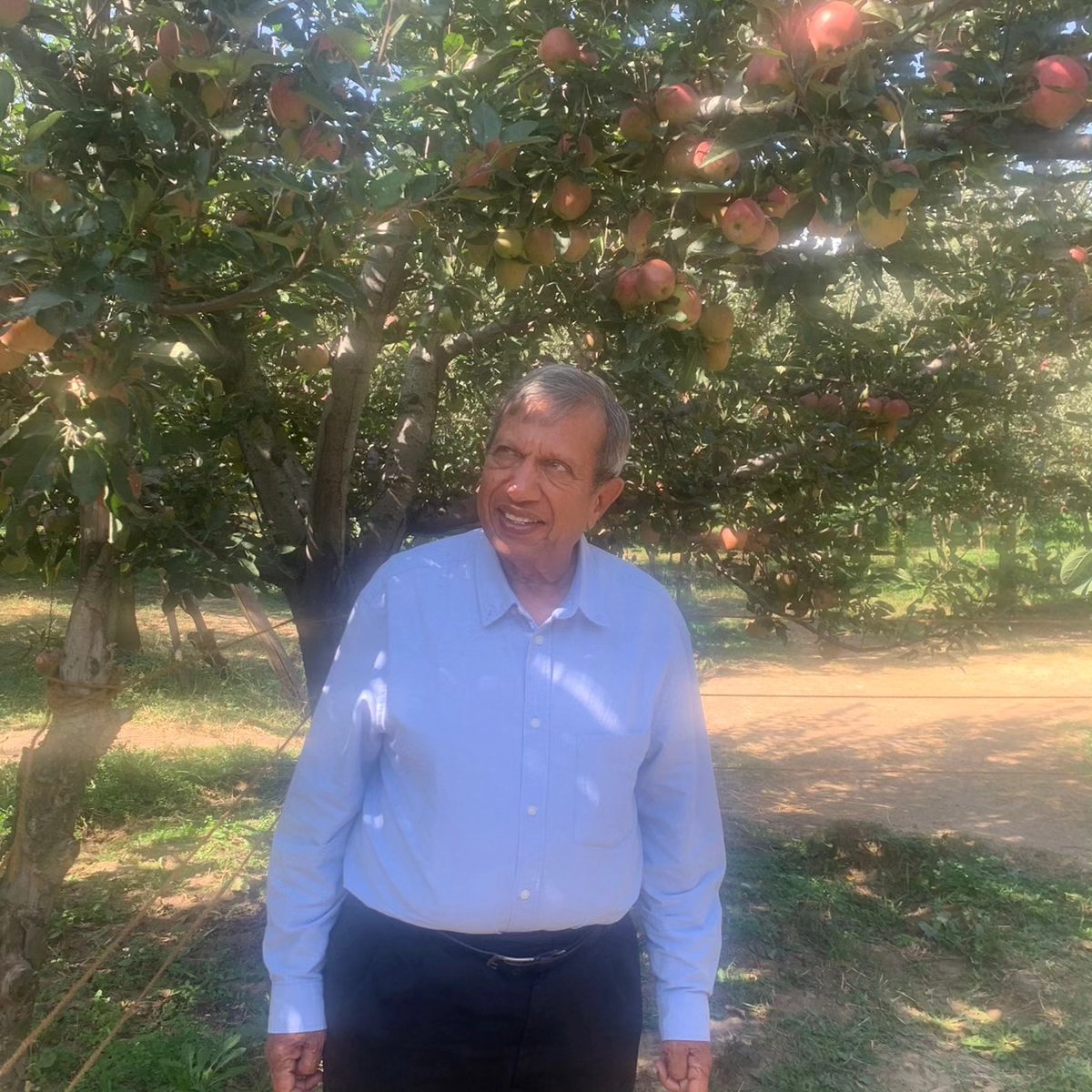 At 74 years old, Dr. Garg began by planting neem, rose, and lemon trees. Over the course of eight years (from July 2016 to August 2024), he planted 40,000 trees from over 500 species on the rocky hills. These included kalpa trees, saffron, rudraksha, apple, dragon fruit, olive, lychee, African tulips, and cardamom flowers.
At 74 years old, Dr. Garg began by planting neem, rose, and lemon trees. Over the course of eight years (from July 2016 to August 2024), he planted 40,000 trees from over 500 species on the rocky hills. These included kalpa trees, saffron, rudraksha, apple, dragon fruit, olive, lychee, African tulips, and cardamom flowers.
Additionally, teak, rose, sandalwood, mahogany, banyan, salum, anjan, bamboo, willow, deodar, pine, dahiman, khammar, and silver oak trees were also planted in Keshar Parvata.
Of these, 15,000 trees stand taller than 12 feet, and the survival rate of the plants in Keshar Parvata is an impressive 95%.
No artificial fertilizers were used in this project. Dr. Garg explains that the nitrogen and sulfur in the rainwater meet the plants' needs.
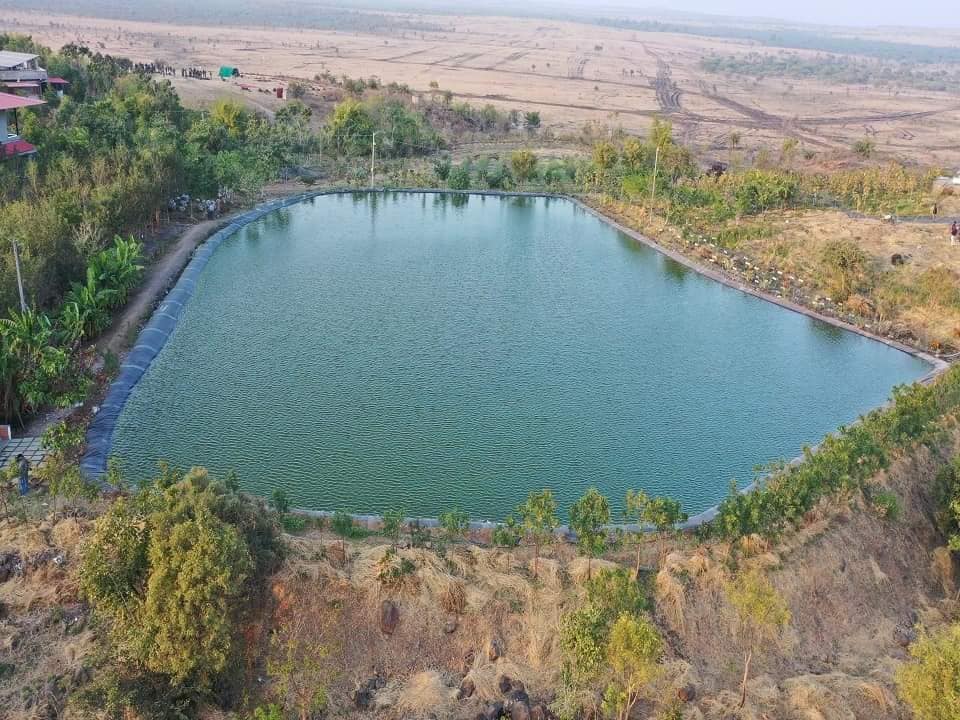
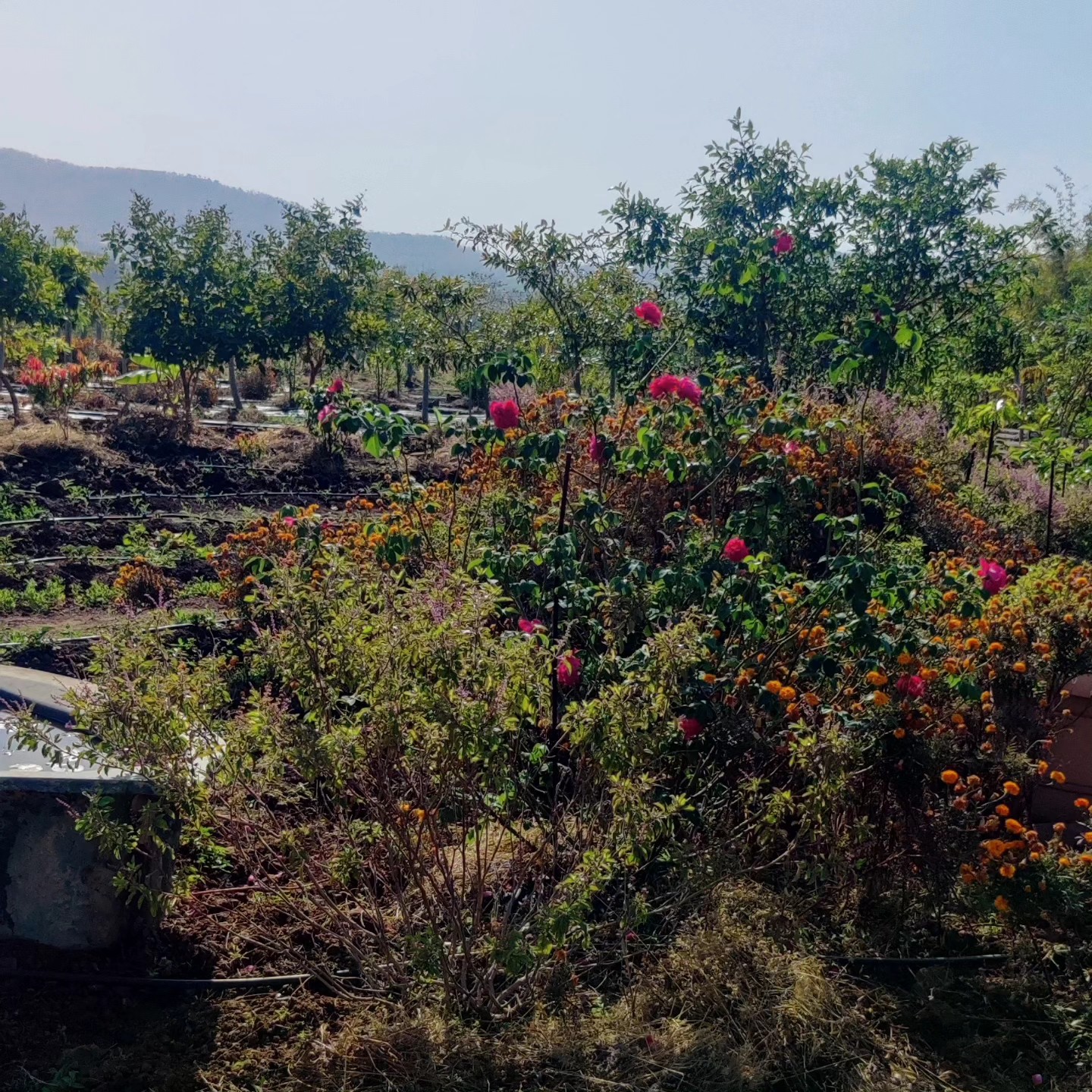
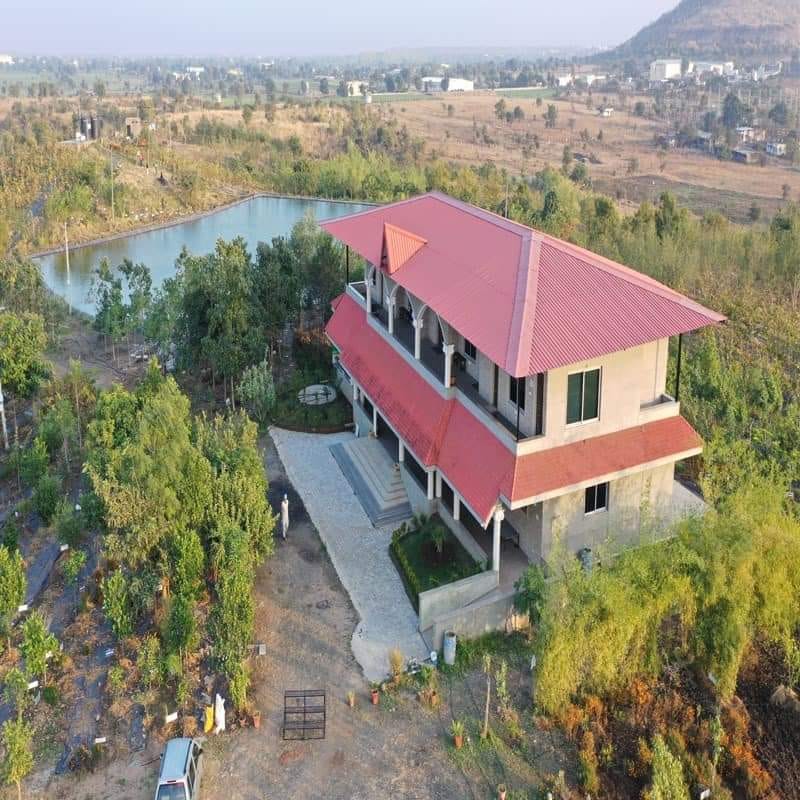
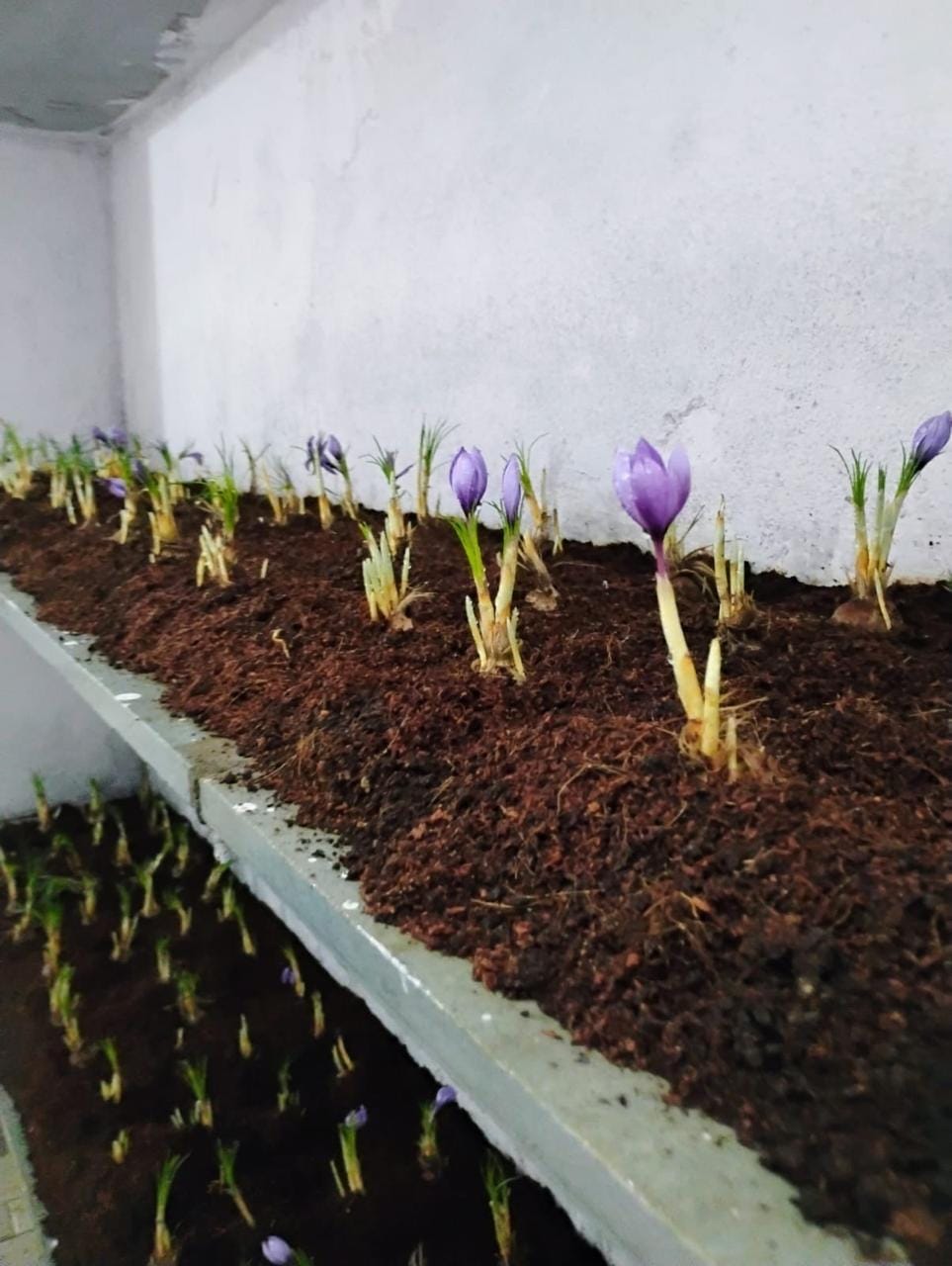 The hill is named Keshar Parvata after the saffron tree native to Kashmir. In 2021, 25 saffron flowers bloomed here for the first time. This number increased to 100 in 2022 and continued to grow in 2023.
The hill is named Keshar Parvata after the saffron tree native to Kashmir. In 2021, 25 saffron flowers bloomed here for the first time. This number increased to 100 in 2022 and continued to grow in 2023.
Dr. Garg’s goal is to plant 10,000 more trees on this hill, furthering his mission of "Save the Environment, Save the Earth.
